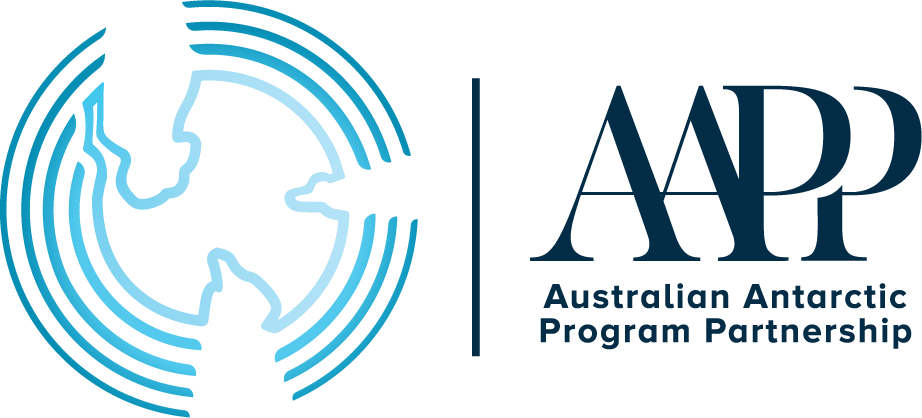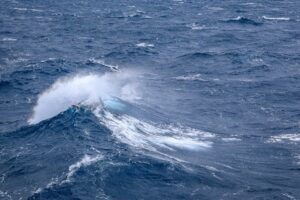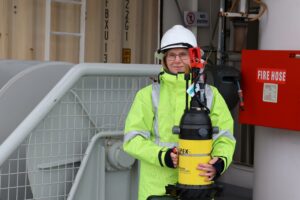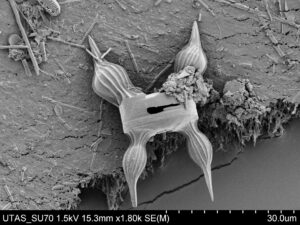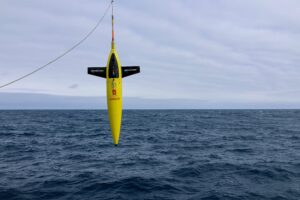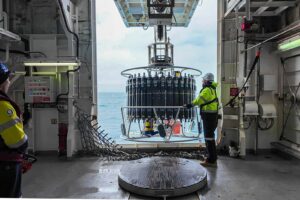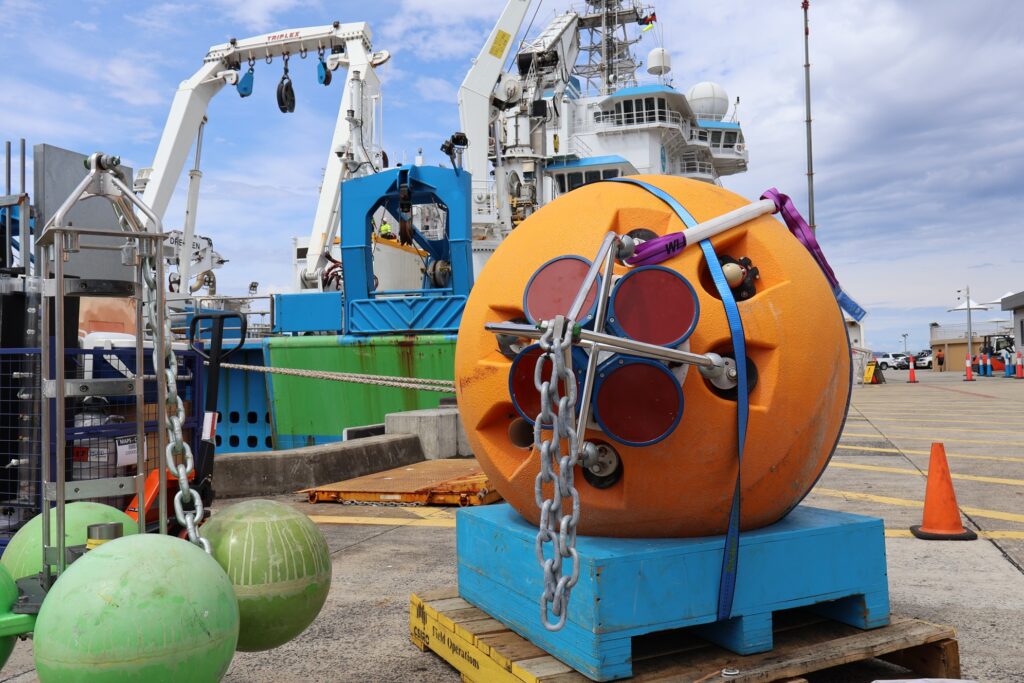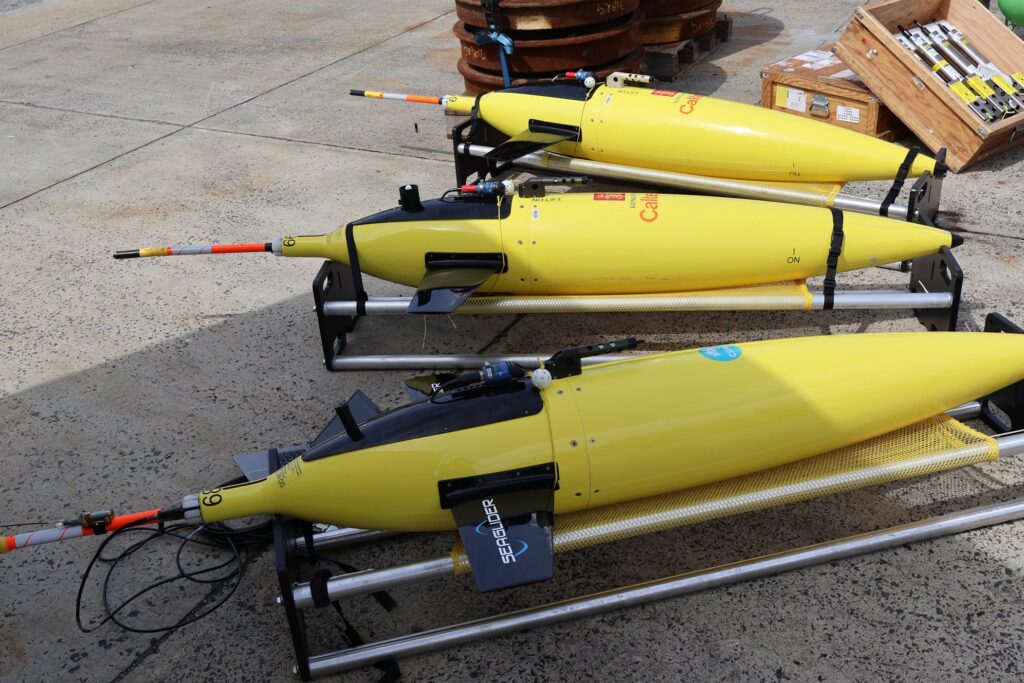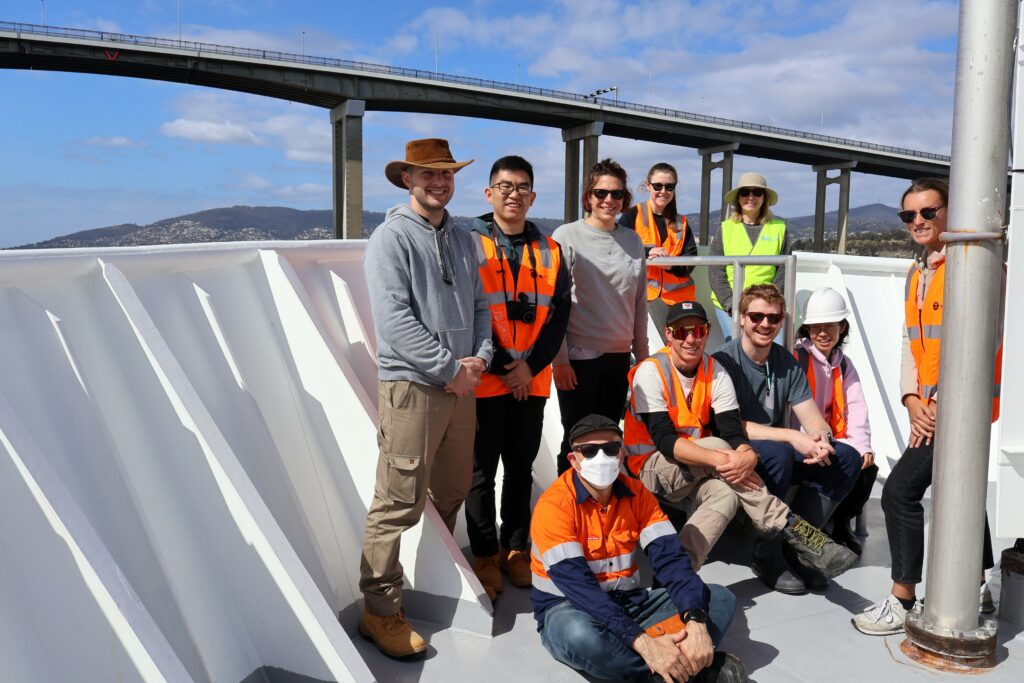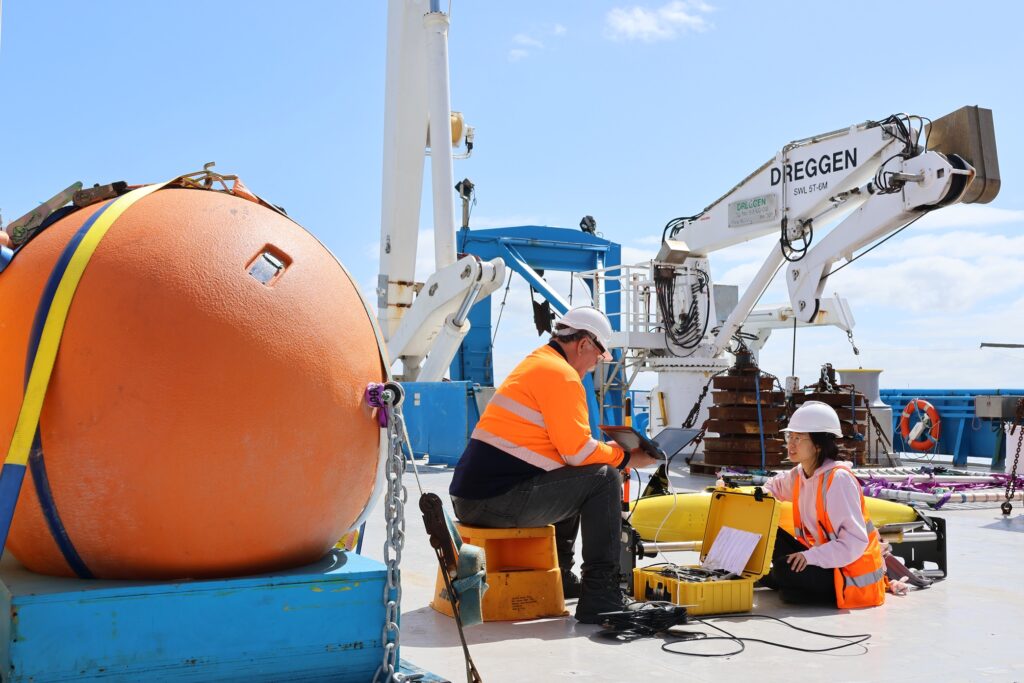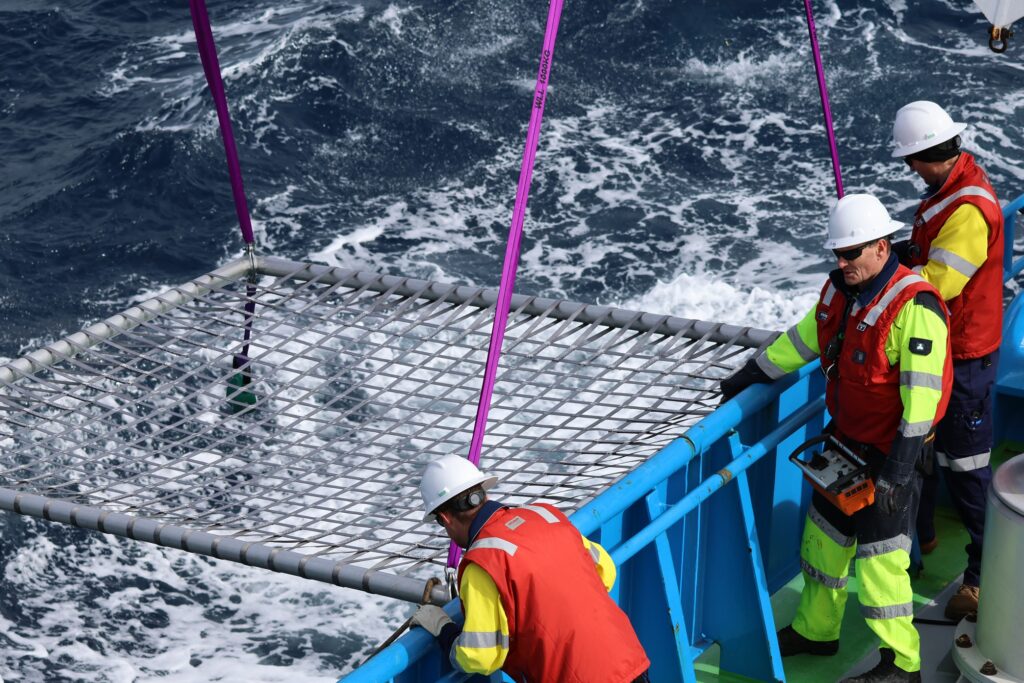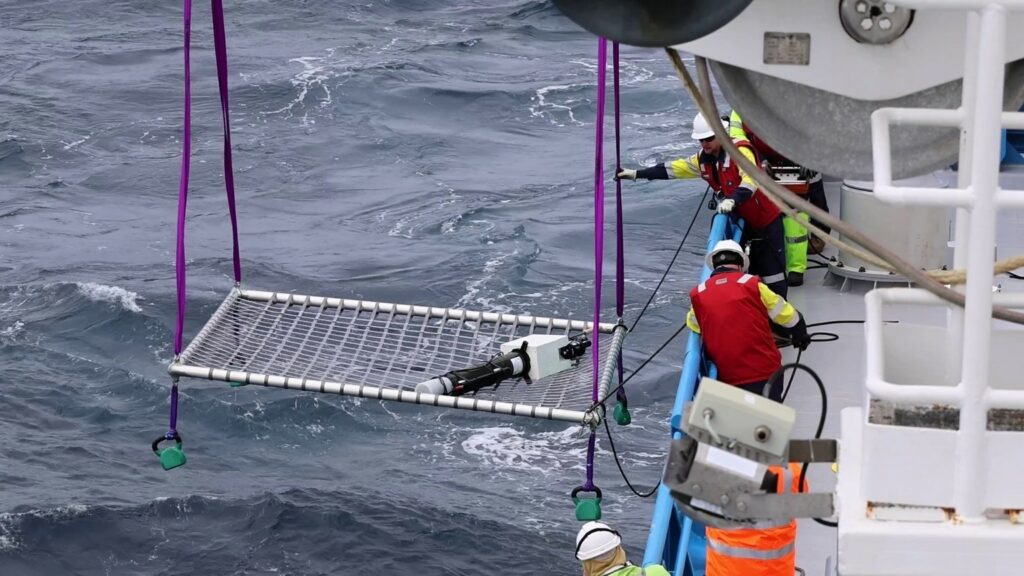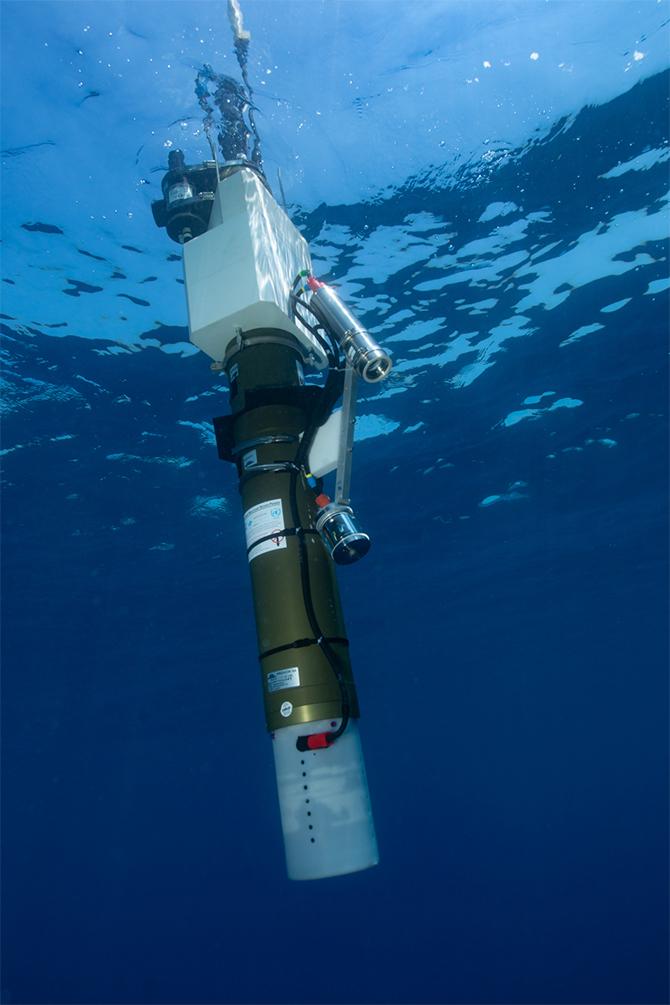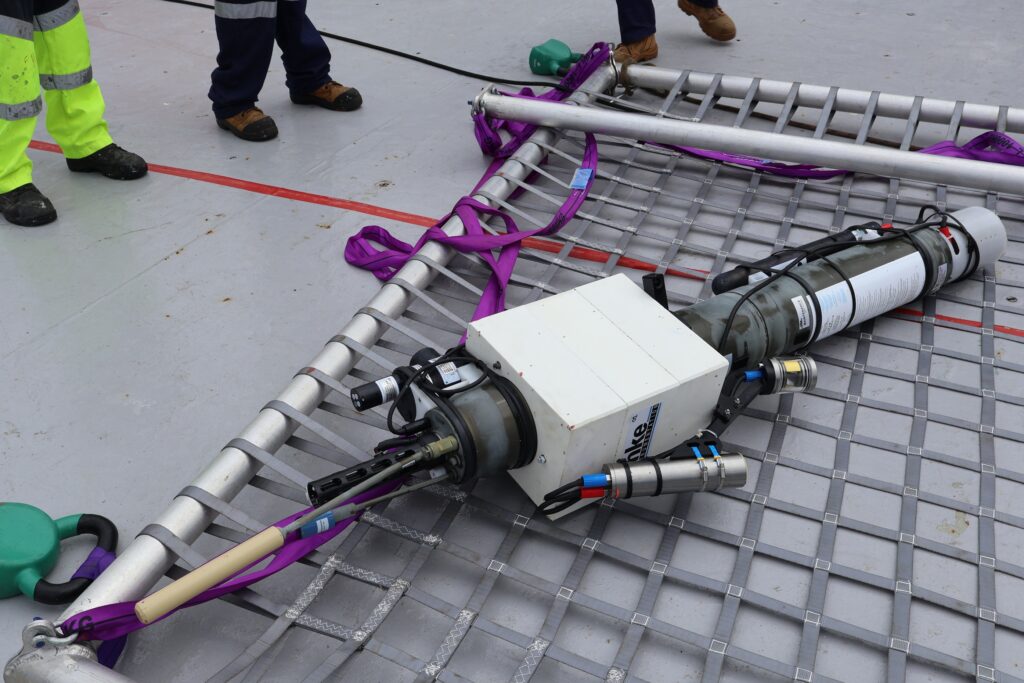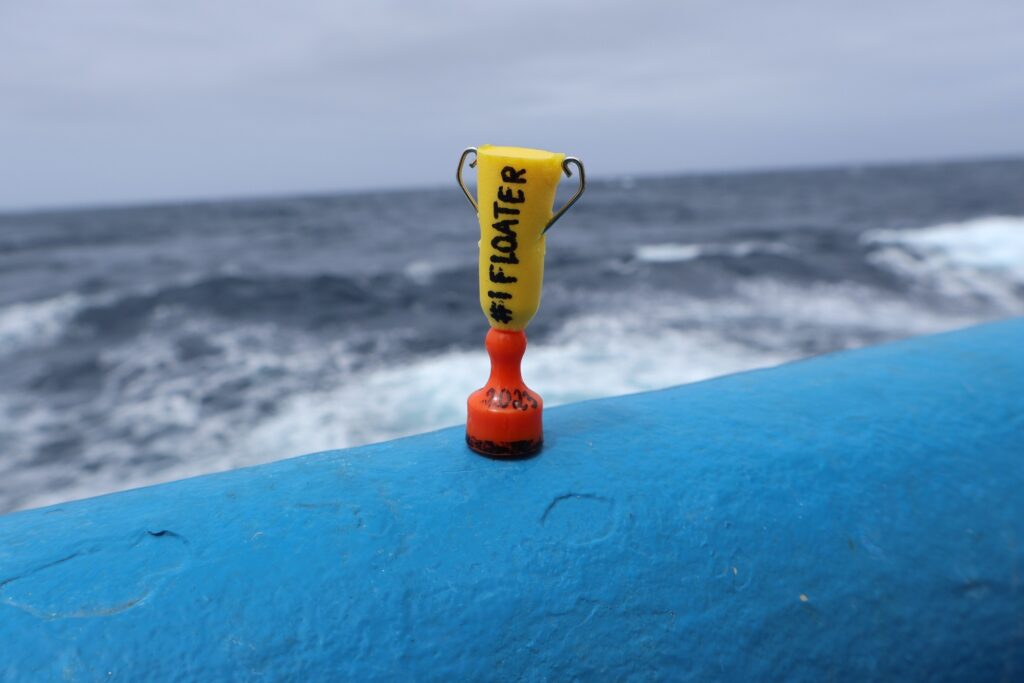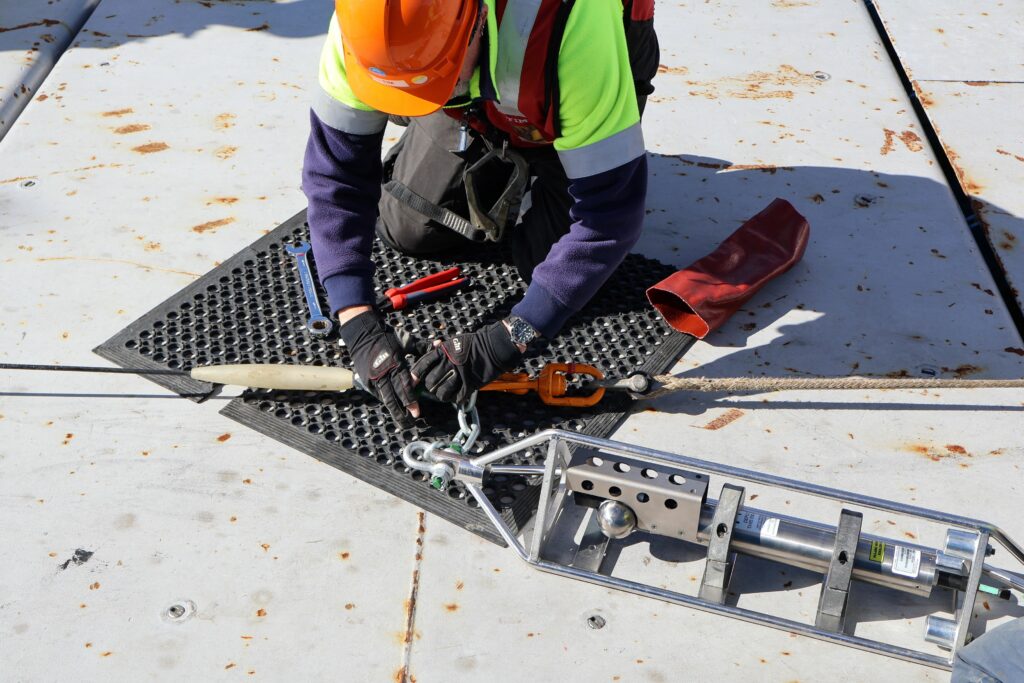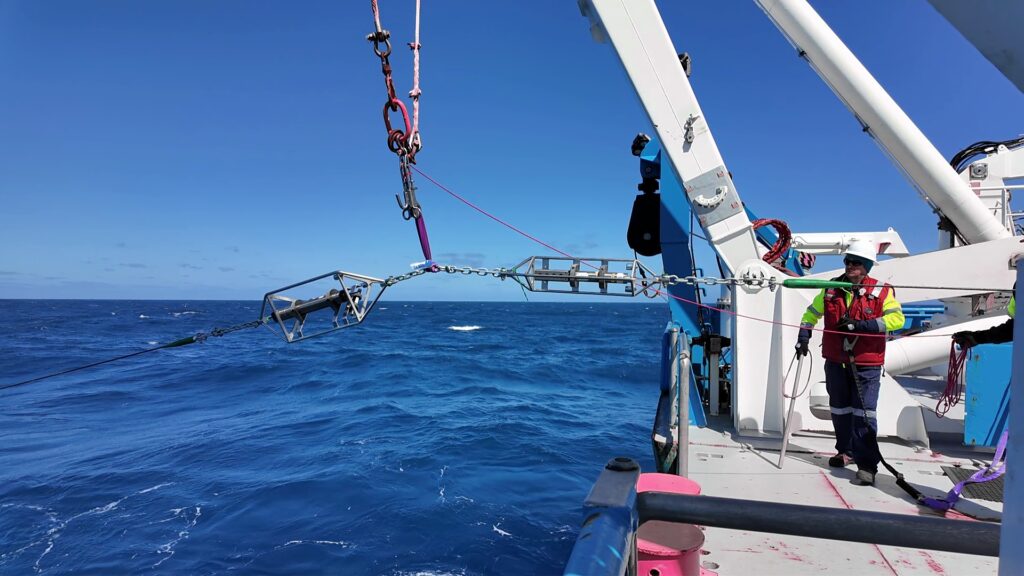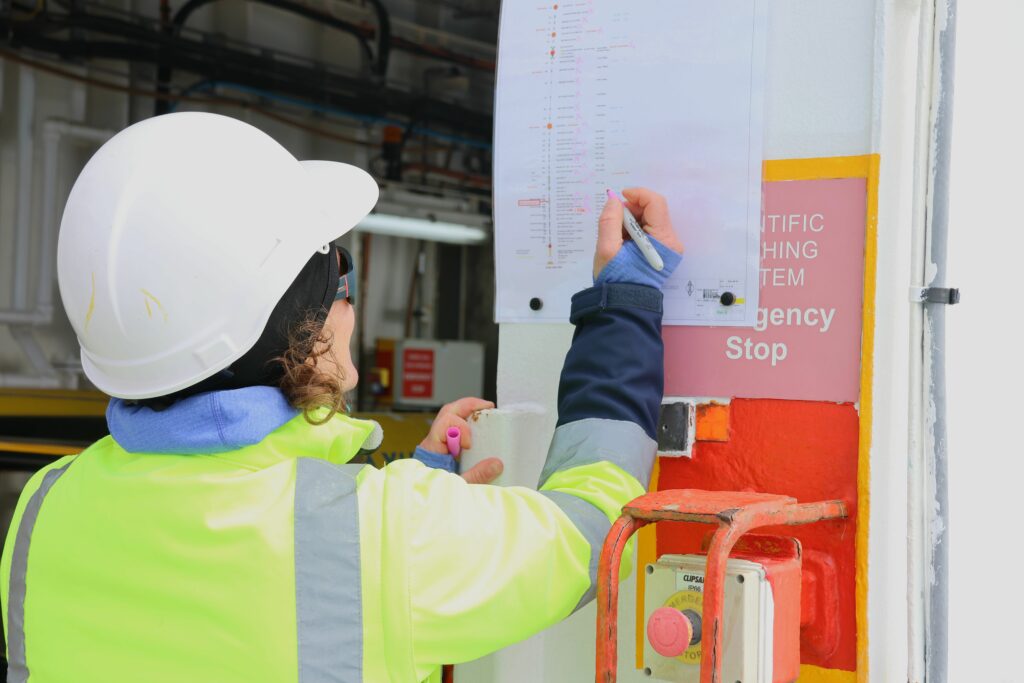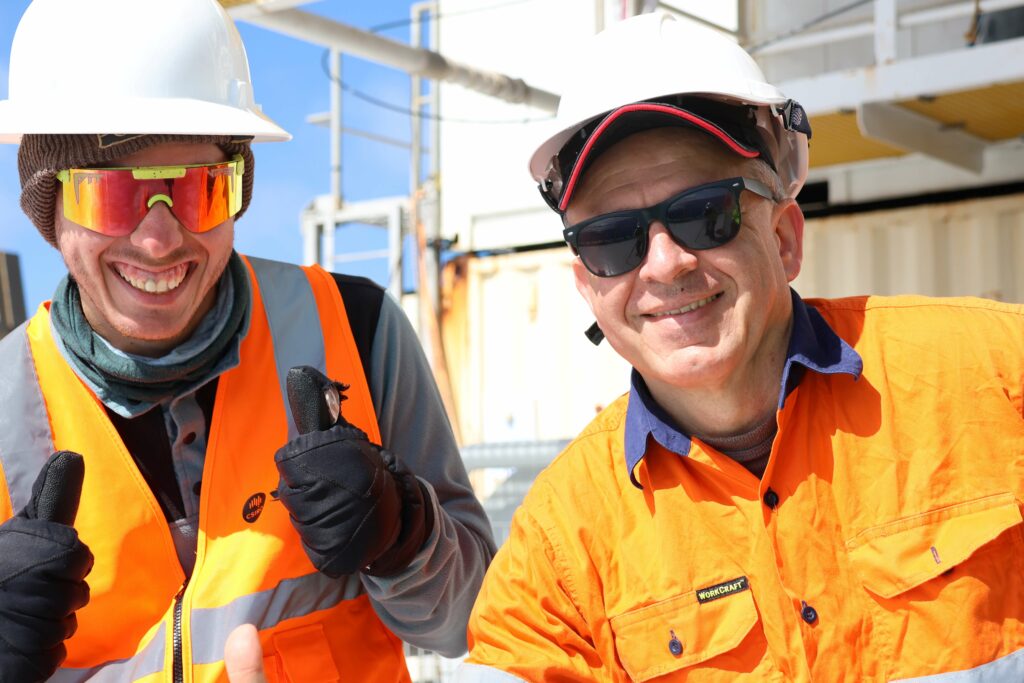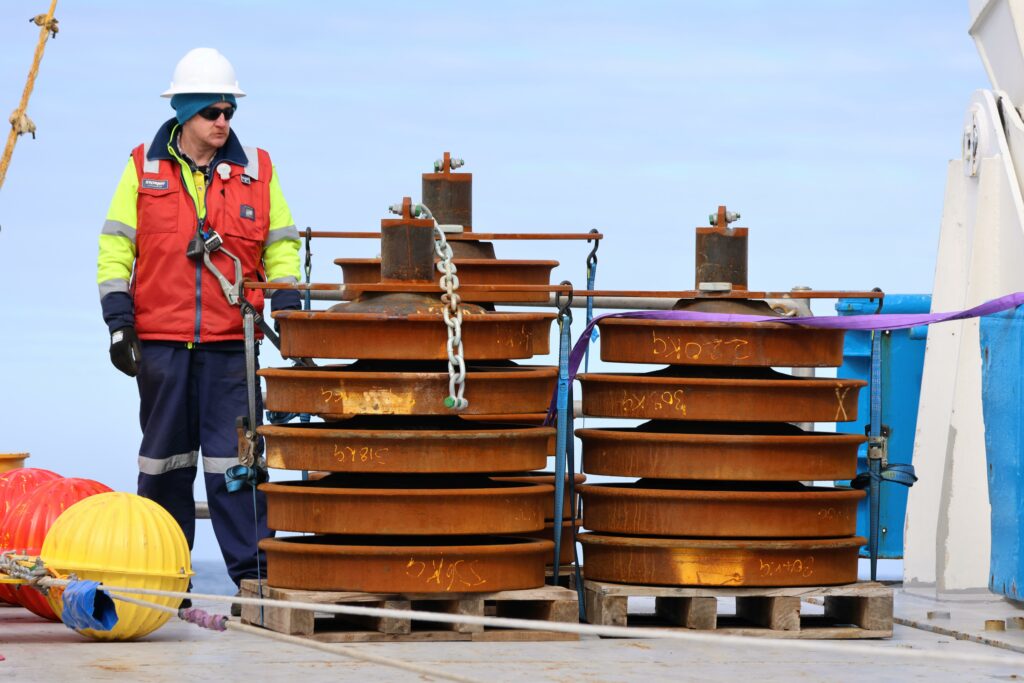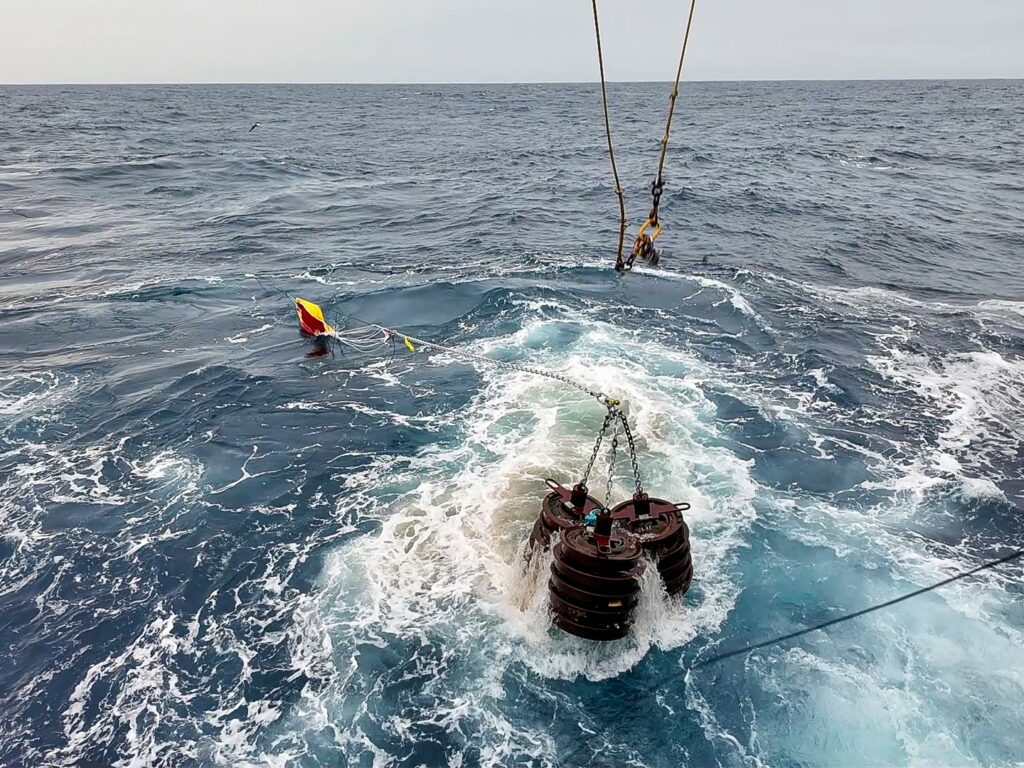Welcome aboard FOCUS!
The FOCUS voyage on CSIRO research vessel Investigator sailed from Hobart on 15 November 2023.
FOCUS stands for:
Fine-scale Observations of the (Antarctic Circumpolar) Current Under SWOT.
The Antarctic Circumpolar Current (ACC) is the strongest on Earth and acts as a barrier to help keep the icy continent frozen. This voyage to the ACC will investigate powerful eddies that leak more heat into the polar seas.
While the ACC has always leaked heat at these hotspots, the quest is to understand how this process will change as the ocean warms, winds accelerate and shift poleward, and more meltwater freshens the Southern Ocean – and what this means for melting ice and sea level rise.
SWOT is the Surface Water and Ocean Topography satellite, jointly developed and recently launched by NASA and the French space agency Centre National d’Études Spatiales (CNES).
While the ship measures the properties of the ocean inside the current, the satellite will measure the height of the ocean surface in an unprecedented high resolution from space.
The images and stories here are from the scientists and media team on board.
The science team and support staff on this voyage includes 34 participants from the Australian Antarctic Program Partnership (University of Tasmania), CSIRO, Marine National Facility, the Australian National University, Bureau of Meteorology, Woods Hole Oceanographic Institution, Caltech and Monash University Climate Change Communication Research Hub.
This research is supported by a grant of sea time on RV Investigator from the CSIRO Marine National Facility which is supported by the Australian Government’s National Collaborative Research Infrastructure Strategy (NCRIS).
VOYAGE BLOG
Oceanography, seafloor mapping and satellite combine to explore world’s strongest current
From space to the seafloor, an Australian and international research voyage has mapped a highly energetic ‘hotspot’ in the world’s strongest current simultaneously by ship and satellite, and uncovered an underwater mountain range.
Ode to FOCUS 23
A gallery of images and words by Bill Martin, Electro-Technical Officer on RV Investigator.
To find carbon, look in the ocean
The largest reservoir of carbon on our planet is the ocean. Craig Neill is testing an old carbon analyser against his new design.
Triaxus in tow
The Triaxus ‘flies’ through the upper ocean as it is towed behind the ship while the SWOT satellite records the height of the sea surface.
Temperature, salinity…and the need for speed
With EM-APEX floats measuring current velocity, what can they tell us about changes in the Southern Ocean?
Soaring on salty winds
Death glares from giant petrels, squadrons of great cormorants, fly-bys from fulmars, A-list of albatross: never a dull moment in the Southern Ocean
Snap-frozen salad from the Southern Ocean
Understanding how communities of phytoplankton and marine microbes are changing and what this could mean for the storage of carbon
Robot gliders cruise the currents
Three underwater gliders are released into the world’s strongest water flow, the high-energy Antarctic Circumpolar Current
The FOCUS 42.2 marine marathon
What to do when a mad-keen trail-runner is on a research ship for 38 days? Run a marathon on a treadmill, of course!
The CTD: What goes down, must come up
One item in our oceanographic toolkit gets more of a workout than others. Which is it and what does it tell us about the deep ocean?
PHOTO GALLERY
